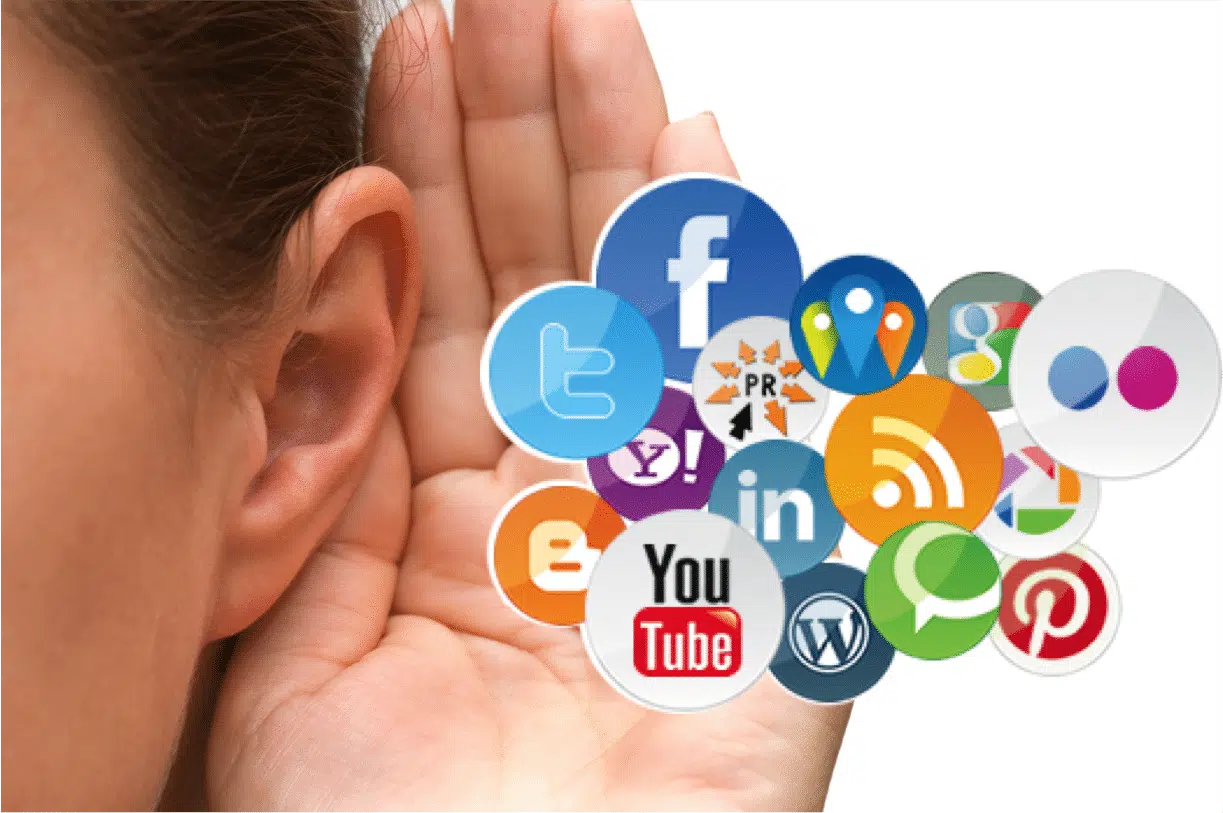As more customers flock to the Internet to communicate with businesses, the more important real time engagement becomes. Customers do not only want a response, they expect one, and expect it quickly. With live streaming, instant communication and updates, consumers anticipate that businesses will follow suit with these communication methods. Have you ever reached out to a company and never heard back? If your business doesn’t engage with your customers in real time, you are missing out on opportunities to make life time connections and ultimately, sales.
Response by the Numbers
According to Search Engine Watch, 53% of Twitter users want a response in less than an hour. If the initial outreach is a complaint, that number rises to 72%. Consumers also complain about brands 879 million times each year on social networks, and 32% of those go unanswered. It is vital to have a response team monitoring social platforms for a business 24/7. Anyone on response needs to know how important it is for brands to have both a quick response time and a helpful reply. Know the do’s and don’ts of response before getting started!
Engagement is Important
Real time engagement with customers should be a top strategy for brands this year. With so many actual customers ready to interact with you on social media, your company should take every opportunity to turn every conversation into a positive one. While marketing strategies have changed over the years, word of mouth is still one of the top ways consumers share information. Unfortunately for some brands, that word of mouth has moved to a very public forum: the Internet, making real time engagement an essential strategy for brands everywhere.
How do you take the next step? So glad you asked.
Real Time Engagement How-To’s
Your business wants to be involved, but isn’t sure how? There are a few techniques and online tools to utilize. Social Listening is one of the top strategies when interacting with users talking about you. Most of the time, people talking about your brand are not mentioning you directly, or tagging you in their post. Social listening means keeping track of a certain phrase or keyword, or a hashtag on Twitter, to become involved in conversations before your competitors do.

Image Credit: https://www.provokeinsights.com/blog/social-listening-101
Automation is another tool companies use on social media, which has its pros and cons. Automation can be effective when it involves scheduling out posts, or receiving Google alerts. Some brands like to use automation when it comes to interaction, which can leave a bad taste in the consumer’s virtual mouth. Gross.
It can be effective to send that automatic DM when someone follows you on Twitter, but those messages tend to be very generic, as they are fit for a wide audience. Social media is the chance to personify your brand and connect on a real level. The increase of automation has caused some consumers to abandon their favorite brands online.
Why Your Business Needs to be Engaged Online
It’s the best way to reach consumers. Most people expect brands to interact online, whether it’s answering a customer service email, responding to a Facebook or Instagram comment, or answering a complaint on Twitter. If a customer is reaching out to you via social media, this is where they feel most comfortable. You need to meet them at their level and create a positive experience.